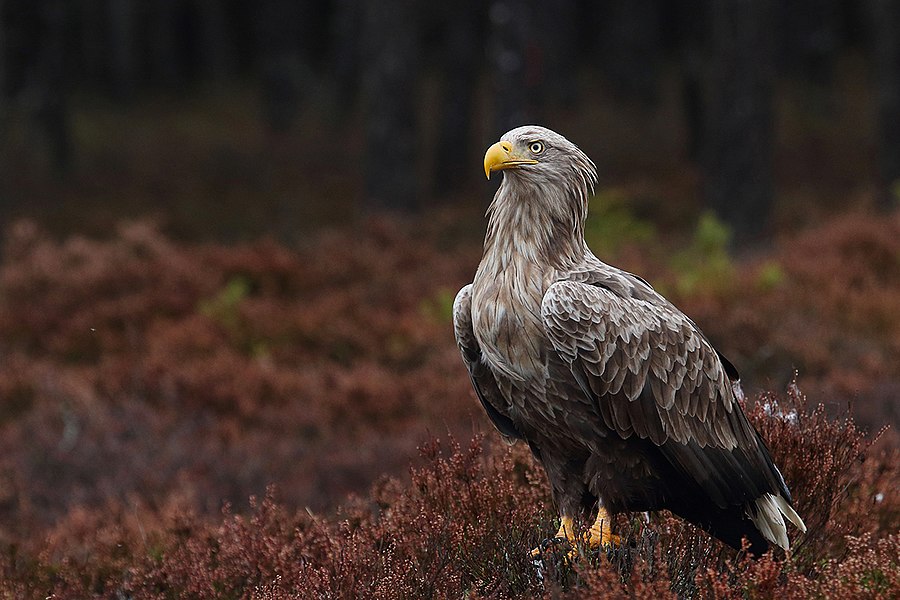Facts About White-tailed eagle
The white-tailed eagle, a majestic bird of prey, roams across temperate regions of Eurasia. Part of the Accipitridae family, which includes hawks, kites, and harriers, this impressive eagle is scientifically known as Haliaeetus albicilla. It also goes by several other names, such as the white-tailed sea-eagle, the ern or erne, gray sea eagle, and Eurasian sea eagle.
Despite their once wide distribution, white-tailed eagles have faced significant threats from human activities like habitat destruction, persecution, and chemical poisoning. Fortunately, thanks to dedicated conservation efforts, their populations are rebounding in many areas.
These eagles typically reside near large bodies of water—whether coastal or inland—where they can find an abundance of food and nesting sites in old-growth trees or sea cliffs. They share a close relationship with the North American bald eagle, occupying similar ecological niches.
The white-tailed eagle was first described by Carl Linnaeus in 1758. The genus name Haliaeetus, meaning "sea-eagle" was coined in 1809, and the species name albicilla refers to its distinctive white tail. This eagle and the bald eagle form a species pair, having diverged around 10 million years ago during the early Miocene.
As one of the largest birds of prey, the white-tailed eagle boasts a wingspan of up to 2.6 meters. Females are typically larger than males. Adults are mostly brown with a paler head and white tail, while juveniles are darker and more mottled.
White-tailed eagles are especially vocal during breeding season, with distinct calls between males and females. Their diet is varied, including fish, birds, and mammals, and they often scavenge for carrion. They hunt by perching and waiting or diving shallowly to catch fish.
Breeding season ranges from January to July in southern regions and April to September in northern areas. These eagles build large nests in tall trees or on cliffs, often reusing and expanding them over the years. The female mainly incubates the eggs, which hatch after about 38-42 days. The chicks fledge around 70-90 days post-hatching.
Human activities have significantly impacted white-tailed eagle populations through persecution, habitat destruction, and chemical poisoning. Nevertheless, conservation measures like legal protections, habitat management, and reintroduction programs have spurred population recoveries in several regions. For example, reintroduction efforts in Scotland and Ireland have been quite successful, with breeding pairs now established.
The white-tailed eagle also holds a place in heraldry and folklore, symbolizing strength and freedom. In ancient times, they were revered and often depicted in burial mounds and stone carvings, highlighting their cultural importance.
Challenges remain, including illegal persecution, habitat disturbance, and poisoning from lead and other chemicals. However, ongoing conservation efforts offer hope for a bright future for the white-tailed eagle, making it a true success story in wildlife conservation.

 Russia
Russia